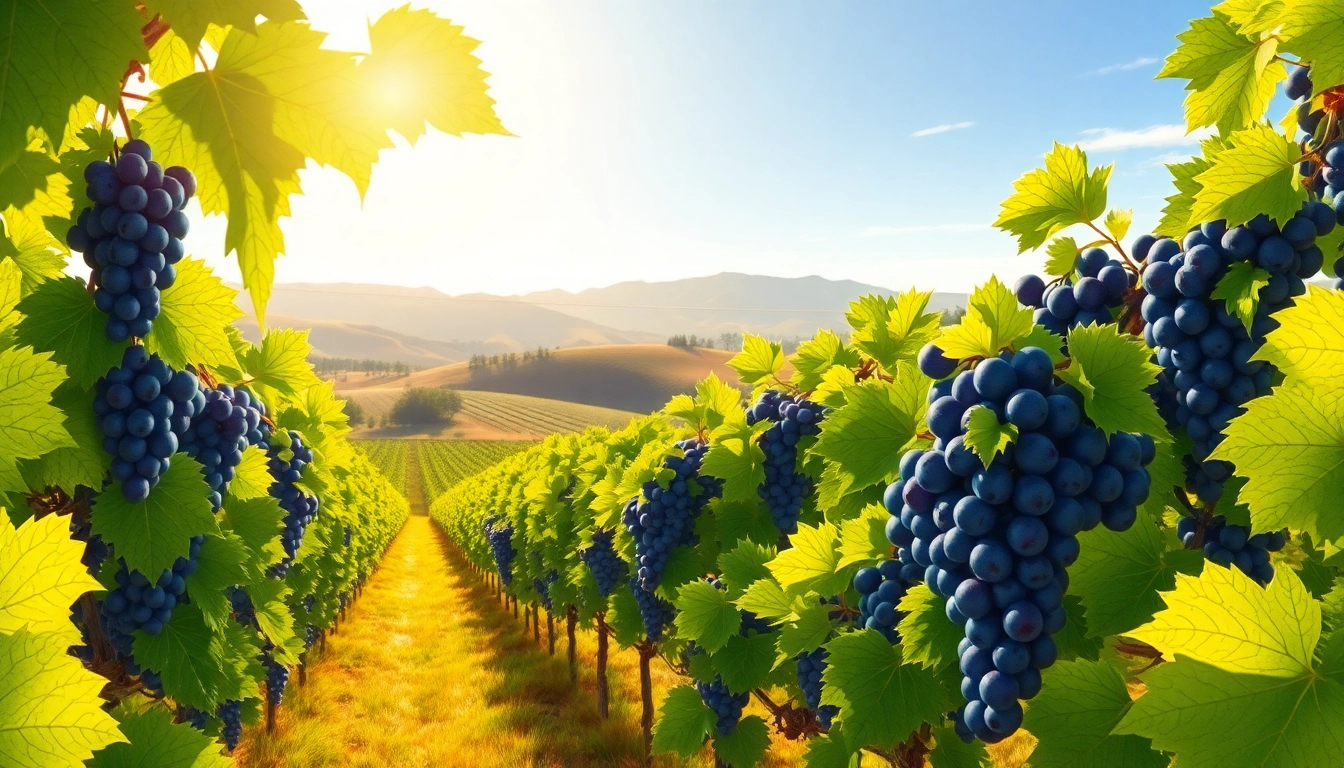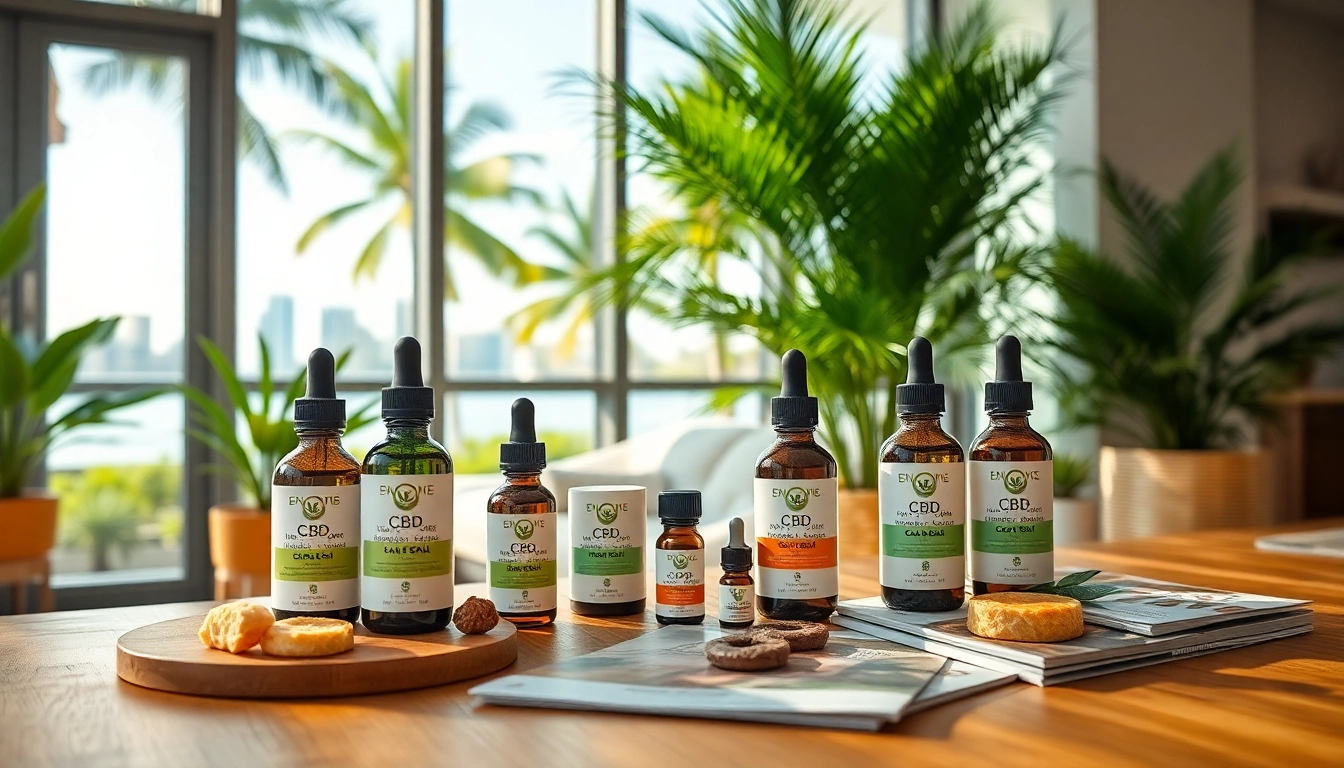
Exploring the Diversity of Sacramento Wineries
In the heart of California, Sacramento Wineries stand as a testament to the region’s rich agricultural heritage and vibrant wine culture. As the capital of California, Sacramento boasts a unique wine scene that draws both local and distant enthusiasts eager to explore its flourishing vineyards and distinct varietals. In this article, we will embark on a comprehensive journey through Sacramento’s wine landscape, delving into what makes it unique, its storied history, and why every wine lover should consider visiting these treasures.
What Makes Sacramento Wineries Unique?
Sacramento is nestled in a geographical paradise influenced by the Mediterranean climate, with warm summers and cooler evenings ideal for grape cultivation. The Sacramento Valley, often termed the “Farm to Fork Capital,” not only showcases diverse culinary delights but also provides a backdrop for wine production that emphasizes both tradition and innovation.
This region is distinct for its varietals, with wineries producing everything from Zinfandel to Chardonnay, often showcasing a commitment to sustainable and organic practices. The proximity to the Sierra Nevada foothills adds to the appeal, presenting varied terroirs that influence the flavor profiles of the wines.
Moreover, Sacramento’s wineries offer a more intimate tasting experience compared to crowded wine regions. This welcoming atmosphere encourages personal connections between visitors and winemakers, resulting in a deeper appreciation for the craftsmanship that goes into each bottle. As wine aficionados explore local options, they often uncover lesser-known gems that rival those found in more prestigious wine areas of California.
The History Behind Sacramento’s Wine Region
The roots of wine production in the Sacramento Valley can be traced back to the mid-19th century, coinciding with the California Gold Rush. As fortune seekers arrived, some turned to viticulture, recognizing the fertile land’s potential for grape growing. Early settlers imported vines, establishing a foundation for what would become a thriving wine industry.
By the late 1800s, Sacramento had become a hub for winemaking, with numerous vineyards dotting the landscape. However, the industry faced challenges in the early 20th century due to Prohibition, which led to many wineries shutting down or repurposing their facilities.
The resurgence of California’s wine industry began in the 1970s, leading to renewed interest in Sacramento wineries. This revival was characterized by an influx of young winemakers eager to experiment with new techniques and varietals. Today, Sacramento is witnessing a renaissance, showcasing a blend of historical practices and modern innovations that excite both seasoned connoisseurs and curious newcomers alike.
Why Wine Enthusiasts Should Visit
Visiting Sacramento wineries offers a multifaceted experience that appeals to wine enthusiasts of all levels. Tours and tastings provide opportunities to learn about the winemaking process directly from the experts. Moreover, the chance to sample limited-production wines unavailable in retail stores adds to the allure.
For food lovers, many Sacramento wineries host culinary events, pairing local produce and gourmet cuisine with their wines, further highlighting the region’s commitment to the farm-to-table ethos. Seasonal festivals celebrate everything from harvests to wine releases, further immersing visitors in the local culture.
Ultimately, the warm hospitality found throughout the Sacramento wine community fosters connections that reach beyond the bottle, enriching the visitor experience. From intimate tastings to grand events, there is something for everyone at Sacramento wineries.
Types of Wineries in Sacramento
Premium Wine Producers
Within the Sacramento area, premium wine producers have carved out a niche, focusing on high-quality, small-batch wines. These wineries often prioritize intricate vineyard management practices and exceptional fruit sourcing, resulting in wines that reflect both the terroir and the artisan approach of the winemaker.
Crafting premium wines involves meticulous vineyard choices, from covering specific varietals that thrive in the local climate to implementing sustainable practices that preserve the environment. Many of these wineries are committed to organic farming, with some obtaining organic certification—a testament to their dedication to quality and sustainability.
Family-Owned Wineries
Family-owned wineries hold a special place in Sacramento’s wine landscape, often passed down through generations. These wineries showcase not only wine but also the stories and traditions that accompany each bottle. Owners frequently participate in tastings, sharing their family’s legacy and passion for winemaking.
The familiarity and personal touches associated with family-owned establishments enhance the tasting experience, allowing visitors to form bonds with the people behind the labels. Many of these wineries also produce their wines using traditional methods, blending old-world charm with modern techniques, which resonates with visitors looking for authenticity.
Organic and Sustainable Practices
Sacramento’s wineries increasingly embrace organic and sustainable practices, aligning with the broader agricultural trend towards eco-conscious production. This focus on sustainability not only preserves the land but also enhances the quality of the wines produced.
Organic wineries abstain from synthetic pesticides and fertilizers, relying instead on natural methods to enhance grape health and yield. Cover cropping and composting are common practices employed to enrich the soil, allowing for healthier vines that produce higher-quality grapes. Visitors often appreciate the transparency and care that these wineries exhibit in their approach to winemaking, making sustainability an integral part of their experience.
Wine Tasting Experiences
What to Expect During a Tasting
Wine tastings are a cornerstone of the Sacramento winery experience, and visitors can expect a range of options, from standard tastings to fully immersive experiences. Most tastings begin with a brief introduction to the winery’s history, philosophy, and wines before offering samples of several varietals.
The sensory experience of tasting wine encompasses not only the flavors but also the sights and aromas inherent in each pour. Guests are encouraged to take their time, observing the wine’s color, swirling it in the glass, and inhaling its bouquet. Knowledgeable staff members guide tasters, offering insight into each varietal’s characteristics and how it reflects the region’s terroir.
Pairing Wine with Local Cuisine
A visit to Sacramento wineries is incomplete without indulging in the local culinary scene. Many wineries collaborate with local chefs to curate food-pairing experiences that complement their wines beautifully. These pairings often highlight locally sourced ingredients, emblematic of the farm-to-table philosophy the region champions.
Pairing options can range from artisan cheeses and charcuterie boards to elaborate multi-course meals that marry the flavors of each dish with the wines. Participants often find that these experiences elevate their understanding of both the wine and the culinary offerings, creating a holistic sensory adventure.
Special Events and Festivals
Throughout the year, Sacramento wineries host a variety of special events and festivals. These gatherings serve as opportunities to not only sample wines but also to engage with the community and celebrate the local culture. Events may include harvest festivals, wine release parties, themed tastings, and live music sessions in picturesque vineyard settings.
Visitors often find these occasions perfect for socializing and meeting fellow wine lovers. Many wineries also feature educational components, offering workshops on wine tasting techniques, food pairings, and winemaking processes. The combination of enjoyment and learning makes these events highly sought after among both locals and tourists alike.
Planning Your Visit to Sacramento Wineries
Best Time to Visit
The ideal time to visit Sacramento wineries largely depends on personal preferences, as each season offers its unique charm. Spring brings a beautiful bloom of wildflowers, while fall showcases vibrant autumn colors during the grape harvest. Wine enthusiasts might favor fall for the harvest season, when many wineries celebrate with festivals, events, and experiences tailored to showcase newly pressed wines.
Summer brings warm temperatures, making it suitable for outdoor tastings and events, while winter offers a quieter, more intimate experience at the wineries. Regardless of the season you choose, each month provides opportunities to explore the beauty of Sacramento’s wine region.
Accommodations and Transportation
When planning a visit to Sacramento wineries, consider staying within the city or nearby areas to make the most of your experience. The city offers a range of accommodations, from boutique hotels to charming inns, many of which are located within a short drive of the wine region.
For transportation, many wineries offer shuttle services or partnerships with local tour companies that provide guided wine tours. This is an excellent option for those wishing to explore multiple wineries without the hassle of parking or designated drivers.
Essential Tips for First-Time Visitors
First-time visitors to Sacramento wineries may find the experience overwhelming due to the vast options available. Here are a few essential tips:
- Do Your Research: Familiarize yourself with the wineries you wish to visit, including their hours, tasting fees, and offerings.
- Book in Advance: If planning to attend special events or large tastings, reservations may be necessary.
- Stay Hydrated and Snack: Enjoy water and light snacks between tastings to maintain your palate and energy levels.
- Engage with Staff: Don’t hesitate to ask questions; staff are usually eager to share insights about their wines and practices.
- Consider a Guided Tour: For a comprehensive experience, guided tours can offer valuable education along with transportation.
Connecting with the Community
Supporting Local Businesses
When visiting Sacramento wineries, guests play a vital role in supporting local businesses and the community at large. Purchasing from family-owned wineries helps sustain agricultural practices that prioritize quality and sustainability.
In addition to wine, visitors can explore local shops, markets, and restaurants that celebrate the culinary richness of the region. Many wineries also sell locally crafted goods, from artisanal cheeses to handmade accessories, further enhancing the community feeling and economic sustainability.
Engaging with Winemakers
Engaging with winemakers offers unique insights into the philosophy and craftsmanship behind the wines. Many local wineries prioritize interactions between guests and staff, fostering a connection that can enrich the tasting experience.
Visitors may have opportunities to participate in exclusive winery tours, blending sessions, or even workshops focused on specific grape varietals or winemaking techniques. This engaged approach not only deepens appreciation for the wines but also personalizes the visitor experience.
Wine Clubs and Membership Benefits
Many Sacramento wineries offer wine clubs that provide members with exclusive access to limited-release wines, discounts, and invitations to special events. Joining a wine club can be a great way for enthusiasts to stay connected with their favorite wineries while ensuring they don’t miss out on exciting releases or events.
Membership benefits often include access to private tastings, winery tours, and exclusive events, allowing members to foster a deeper connection with the winery. Options can vary widely, so potential members should consider what aligns best with their preferences and wine habits.
Ultimately, engaging with Sacramento wineries opens a world of discovery—from savoring exceptional wines to immersing oneself in the local culture. By understanding the unique aspects of this wine region, visitors can optimize their experiences, creating lasting memories while supporting a thriving community.





